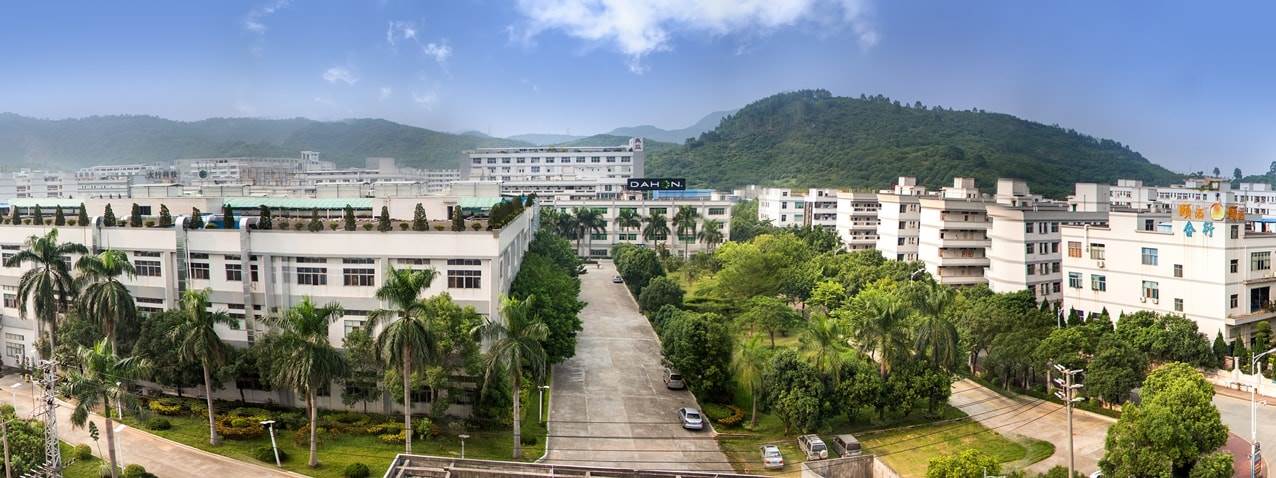
14 Jul Physicist Redefines Bicycle Design Criteria for Enhanced Performance
Physicist Reveals Design Flaws in Common Bicycles, proposes Solutions
Chairman of leading folding bike manufacturer DAHON, Dr. David Hon has uncovered design flaws in various types of bicycles, including mountain bikes, road bikes, and some e-bikes. Dr. Hon has developed theoretical and experimental methods for practical frame flex measurement and assessing its impact on performance. A series of articles will detail these findings and propose improvements to optimize safety and efficiency.
The traditional “safety bicycle,” with tubular front and rear triangles, has been the standard design since the late 19th century. While this structure has proved successful, exceptions have emerged with the introduction of folding bikes and soft-tail mountain bikes. Dr. Hon’s research aims to address these design challenges and provide remedies to enhance performance across all bike categories.
Focusing on the bottom bracket (BB) as a key component in frame flex, Dr. Hon has developed a model that correlates BB movements with pedaling force. The relationship between BB movements and the pedaling force is highly relevant to the frame flex. Using a modified EU CEN testing platform, 45 bikes of various types were tested for flex energy and pedaling efficiency. The results are corroborated by riding experiments and revealed important findings, including:
- Smaller wheels and frames, as well as triangulated frames, are stiffer.
- BMX bikes were found to be the stiffest.
- The DELTECH cable, which links the head-tube to the BB, significantly improves stiffness and speed for single-tube folding bikes, outperforming all tested big-wheeled bikes. DELTECH stands out as a superb solution for single-tube folding bikes.
- Soft tail bikes exhibited excessive flexibility in the rear axle, with the BXX folding bike identified as the softest due to its exceptionally low rear suspension pivot, causing the bike to bop while pedaling.
- Softer bikes were up to 15% slower than stiffer bikes when climbing a 20° hill.
Dr. Hon emphasizes the importance of propulsion efficiency in bicycle frame design for racing, climbing, and commuting. The forthcoming article series will be titled:
- The Folding Bike: Problems and Solutions
- Bike Stiffness vs. Pedaling Efficiency
- Soft Tail Bikes: Problems and Solutions
- Performance of Stiffened Bikes.
The series will propose viable improvements for most bike categories, aiming to optimize speed and performance.
A series of articles will be released in future to support the claims.



